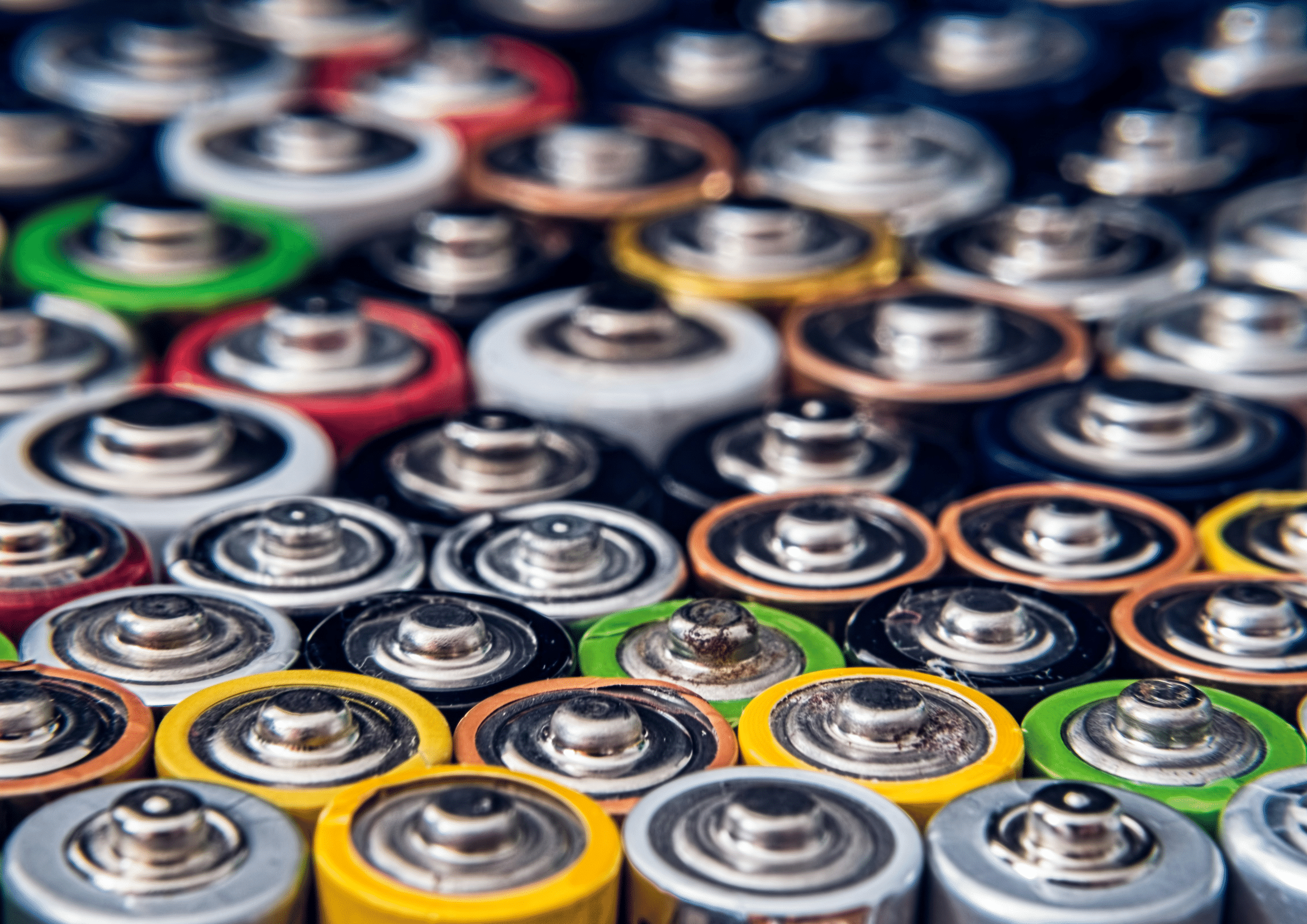
A Defining Year for the European Battery Industry
The European automotive industry stands at a crucial juncture, with the EU’s Strategic Dialogue on the Future of the Automotive Industry shaping the trajectory of battery production and recycling.[1] Significant investments have been made around the globe to establish a battery value chain, supporting the transition to electric vehicles (EVs).
But car manufacturers have been recently pushing for more flexibility in meeting electrification targets. Such discussions affect battery recycling, an industry that relies on the steady growth of EV adoption to sustain itself.
Automakers have proposed a phase-in approach to electrification, aligning EV sales with market demand to protect jobs and maintain profitability.[2] The decline in EV sales across the EU by nearly 5% in 2024[3] has raised concerns, particularly as automakers must significantly increase their EV share in 2025 to avoid financial penalties. The European Automobile Manufacturers’ Association (ACEA) has also called for incentives to be extended to hybrid vehicles, signaling a potential slowdown in the pace of full electrification. This development could disrupt the growth of the European battery value chain and pose significant risks to stakeholders in battery recycling.
The EU’s dialogue with car manufacturers comes amid growing pressure from industry players facing layoffs, despite relatively stable profits for original equipment manufacturers (OEMs). OEMs advocate for a relaxation of CO2 emission requirements, which would likely result in slower EV adoption. The continued expansion of the hybrid vehicle market, which experienced 21% growth in 2024, also indicates that legacy automakers prefer a transitional approach rather than an aggressive push toward full electrification. However, prolonging reliance on internal combustion engines is likely to delay critical investments in battery production and recycling infrastructure.
Battery manufacturers and material suppliers have already felt the impact of reduced EV sales. Major Korean battery cell producers in Poland and Hungary operated at less than half their capacity in 2024, leading to financial losses across the supply chain. The European battery industry faces considerable disadvantages compared to its Asian counterparts, with higher labor and energy costs, limited access to skilled workers, and lengthy permitting processes. If EV demand continues to falter, planned investments in precursor materials, cathodes, and cell manufacturing could be shelved, further weakening Europe’s position in the global batterymarket.
In contrast, China’s EV sector continues to flourish, with battery electric and plug-in hybrid vehicles accounting for 48% of total car sales in 2024. Stronger policy actions and consumer incentives are being expected as European automakers risk falling behind, not just in battery production but in overall EV innovation. Policy actions are expected to provide incentivize EV purchases through subsidies, tax benefits, and charging infrastructure investments, driving demand and supporting a sustainable battery value chain. European manufacturers are pressuring their policymakers to protect them from an influx of cheaper Chinese batteries and vehicles. They also expect permitting processes to be streamlined to help lower costs. Lastly, they expect increased R&D funding for next-generation battery technologies, such as solid-state batteries and sodium-ion alternatives, to keep up in innovation. Otherwise, the divergence between China and Europe will undermine investor confidence in Europe’s ability to sustain a competitive battery ecosystem.
For battery recyclers, the slowdown in EV growth raises serious concerns about market viability. A fragmented pre-processing sector, coupled with high operating costs, already puts European recyclers at a disadvantage compared to their global peers. The cost of processing battery materials in Europe is estimated to be more than 30% higher than in China, driven by higher labor expenses, more stringent environmental regulations, and high energy costs, particularly in Germany and France, where electricity prices have surged since the Ukraine conflict. European recyclers handle roughly 50,000-70,000 metric tons of battery waste annually, while China processes more than 500,000 metric tons, giving it a clear competitive edge in material recovery and cost efficiency. A sluggish EV market is already seen detering investment in recycling infrastructure, pushing battery material recovery to markets with more favorable economics. At the same time, recall events—such as Samsung’s recent replacement of 180,000 EV battery packs[4]—underscore the growing importance of a robust recycling ecosystem.
Looking ahead, one of the biggest uncertainties is whether there will be sufficient demand for recycled battery materials within Europe. With legacy automakers seeking to decelerate their transition to EVs, investors must reassess the financial prospects of an industry that eyes long-term electrification trends. The Chinese exports of batteries and EVs to Europe if not for trade restrictions, further complicates the outlook for European recyclers. Despite these challenges, the battery recycling industry remains essential to the future of sustainable energy.

Long-Term Economic Perspective
From a broader economic perspective, strategic government intervention in battery recycling aligns with global efforts to transition toward a more circular economy, fostering long-term sustainability and resource security. As global demand for lithium-ion batteries grows—driven by electrification in transportation, energy storage, and consumer electronics—the ability to recover and reuse battery materials will become increasingly valuable. Countries that establish a competitive edge in battery recycling will not only reduce dependency on raw material imports but also create high-value industries that generate jobs and economic resilience.
A well-developed European battery recycling sector could also contribute to global economic prosperity by mitigating supply chain risks. By reducing reliance on newly mined critical minerals, recycling can help ensure that input materials remain accessible for manufacturers worldwide. This can enhance supply chain predictability, benefiting industries far beyond the automotive sector, including renewable energy, consumer electronics, and industrial applications.
Ultimately, a coordinated international approach—balancing competition with collaboration—will be essential for maximizing economic benefits. If Europe, China, and North America work together to develop standardized recycling practices, share technological advancements, and establish fair trade policies, the global battery industry can become more sustainable and efficient. For investors, this means that long-term opportunities will arise not just in isolated regional markets but through strategic cross-border partnerships that leverage the strengths of different economies.
Investment Strategy and Risk Mitigation: Diverging Scenarios for Battery Recycling
[1] The European Commission initiated “the Strategic Dialogue on the Future of the Automotive Industry,” a collaborative effort involving the automotive sector, social partners, and key stakeholders on January 30, 2025. This initiative aims to address the significant transformations within the industry, particularly focusing on decarbonization and sustainability. A central aspect of this dialogue is the development of robust strategies for battery production and recycling. This includes discussions on securing raw materials, promoting technological innovation, and establishing efficient recycling processes to support a circular economy.
[2] For instance, companies like General Motors, Porsche, BMW, and Mercedes-Benz are investing in new and upgraded internal combustion engine (ICE) and hybrid models to sustain profits. Additionally, Jaguar Land Rover, Ford, Stellantis, and Nissan have urged governments to relax stringent net-zero mandates. They advocate for consumer incentives to boost EV sales, suggesting a more measured phase-in approach. Meanwhile, shares of Tesla fell nearly 8% Tuesday on news that sales in Europe were down 45% in January.
[3] Source: www.intotheminds.com/blog/en/electric-car-perspectives-2025-europe/
Post a Comment
You must be logged in to post a comment.



